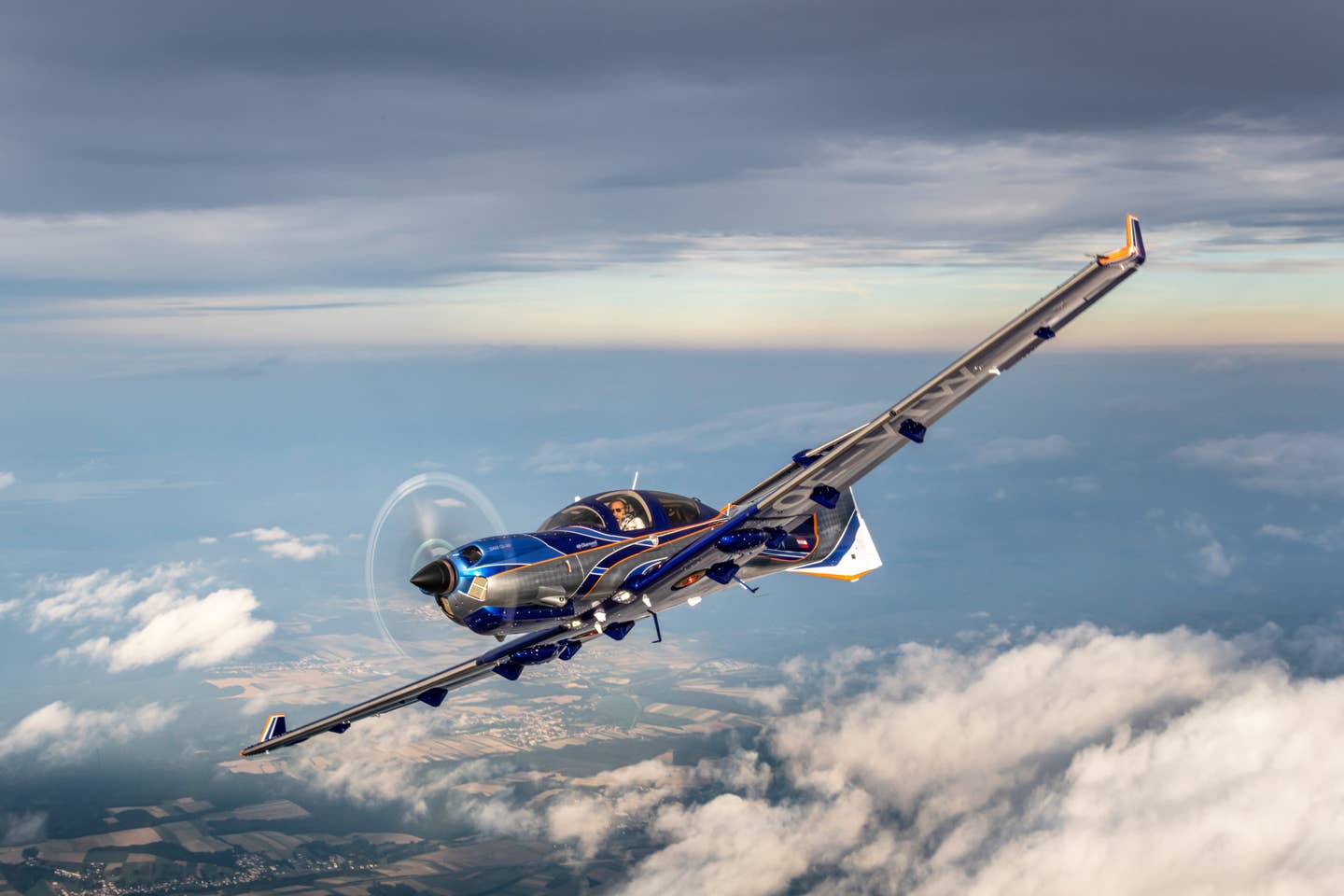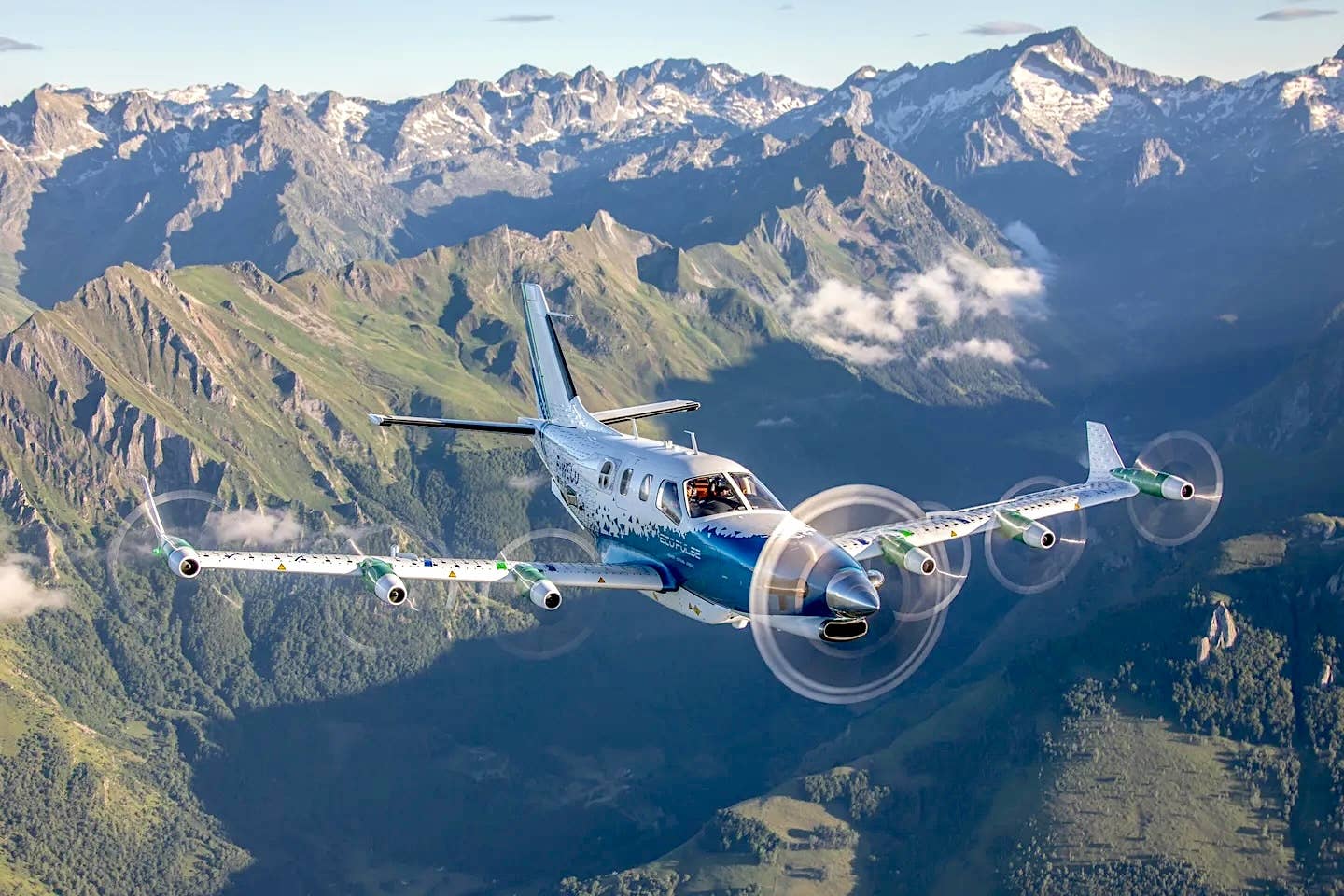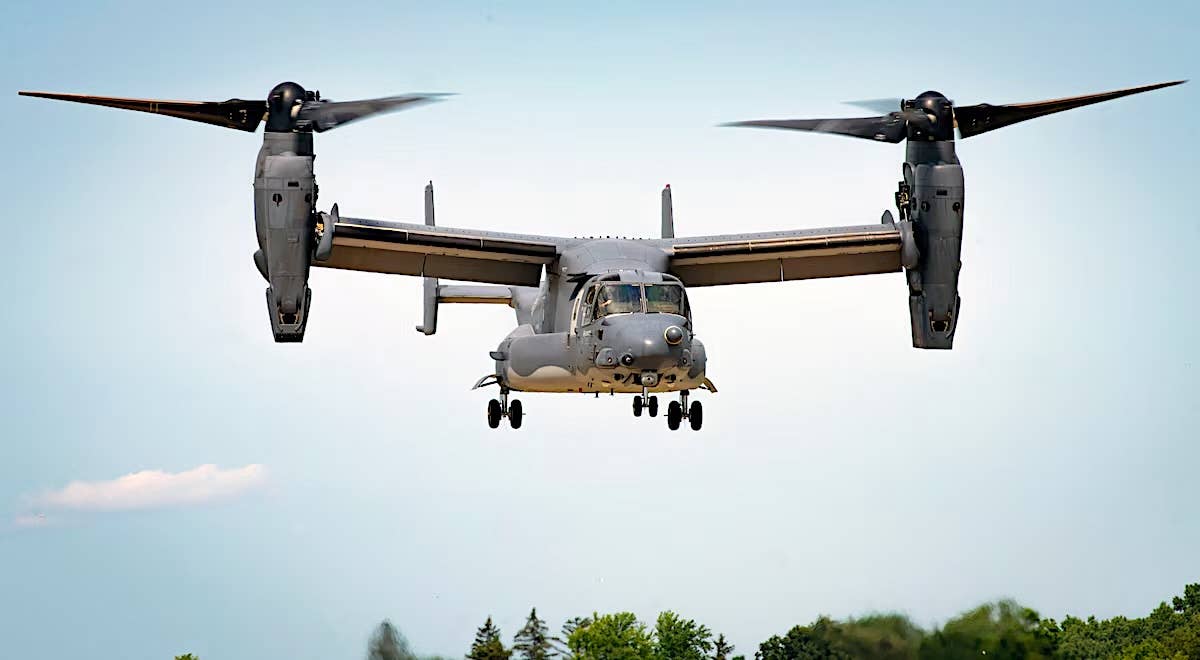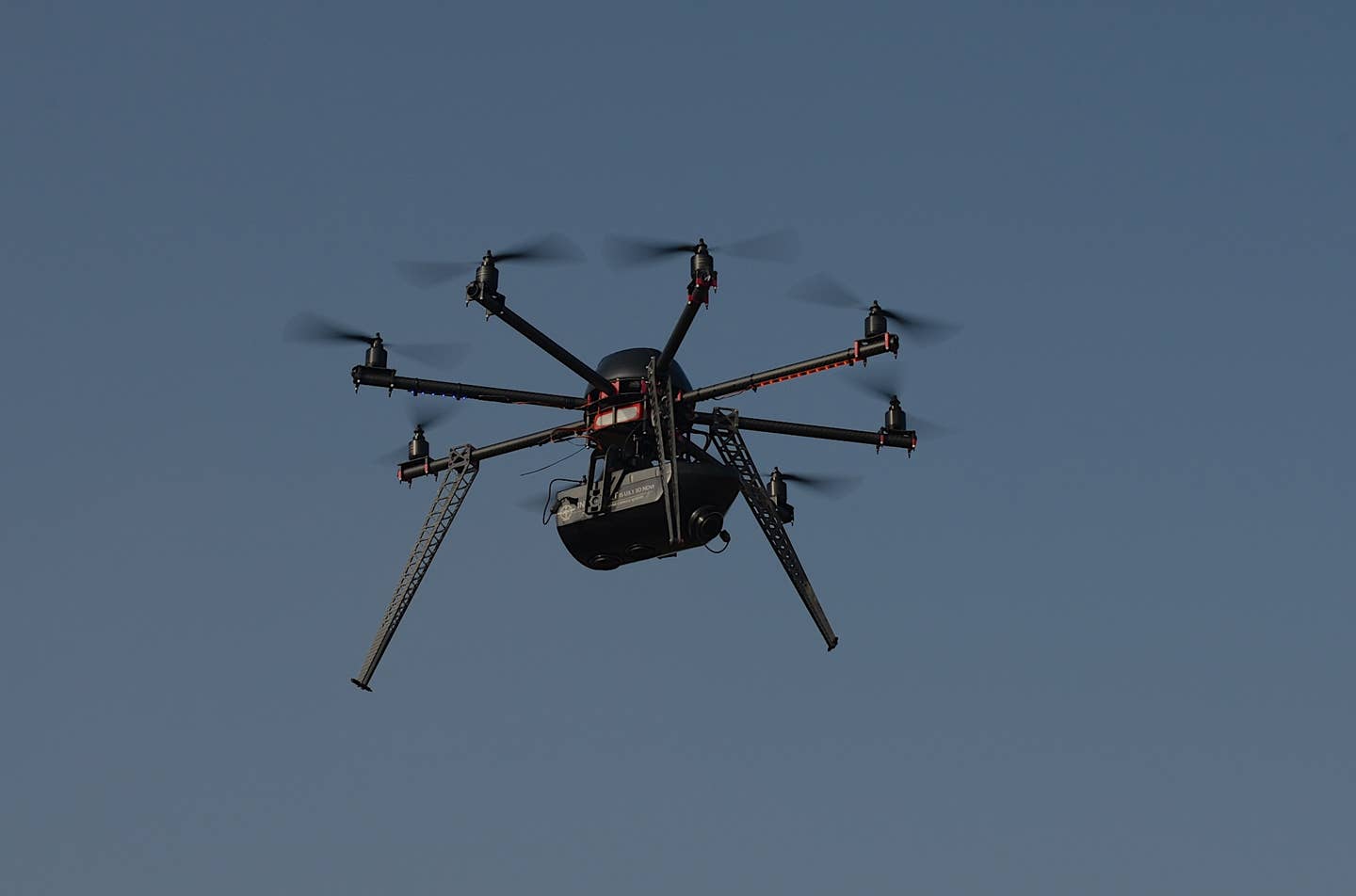Diamond DA50 RG Earns EASA Certification
Diamond Aircraft has announced that its single-engine, retractable-gear DA50 RG has received its European Union Aviation Safety Agency (EASA) certification. The model, which flew for the first time in October…

Image: Diamond Aircraft
Diamond Aircraft has announced that its single-engine, retractable-gear DA50 RG has received its European Union Aviation Safety Agency (EASA) certification. The model, which flew for the first time in October 2019, was announced at Aero Friedrichshafen 2019. The company plans to begin deliveries in the first quarter of 2021 and is aiming for FAA certification by the end of 2021.
“With the DA50 RG we are introducing an innovative 21st-century retract single that we are convinced the market is missing,” said Diamond Aircraft Austria CEO Liqun Zhang. “Bringing the aircraft to the market is a great accomplishment that we are very pleased to celebrate with our Diamond Aircraft Family and the aviation community all over the world.”
The five-seat DA50 RG has a top speed of 181 knots, 750 NM range and 1,232-pound useful load. The carbon composite aircraft is powered by the turbocharged Continental CD-300 engine and equipped with the Garmin G1000 NXi. Optional features include a removable right-hand control stick, oxygen system, electric air conditioning, TKS de-icing system and Garmin GCU 476 keypad.






